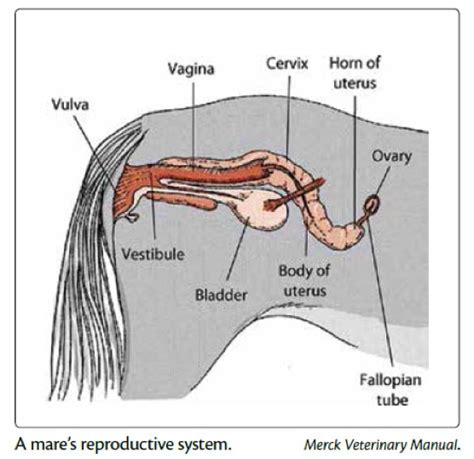How Do You Know When A Mare Is In Heat
Ronan Farrow
Apr 04, 2025 · 3 min read

Table of Contents
How to Know When Your Mare is in Heat (Estrus)
Knowing when your mare is in heat, or experiencing estrus, is crucial for successful breeding. Missing the optimal breeding window can significantly reduce your chances of conception. This guide will help you identify the key signs your mare is ready to breed.
Understanding the Mare's Estrous Cycle
Before diving into the signs, understanding the mare's cycle is essential. The average estrous cycle lasts about 21 days, though this can vary. Within this cycle, the mare experiences a period of heat (estrus), typically lasting 5-7 days, where she's receptive to the stallion.
Key Stages of the Estrous Cycle:
- Proestrus: The initial phase, lasting 2-5 days, where the mare's follicles begin to develop. You won't see many overt behavioral changes during this period.
- Estrus (Heat): This is the fertile period, lasting 5-7 days. This is when the mare is receptive to the stallion and ovulation occurs towards the end of this phase.
- Metestrus: The period following estrus, lasting around 2-6 days. The corpus luteum (a structure formed after ovulation) begins to develop.
- Diestrus: This is the longest stage, lasting roughly 14 days. The corpus luteum maintains progesterone production. If pregnancy doesn't occur, the cycle will begin again.
Recognizing the Signs Your Mare is in Heat
Identifying a mare in heat requires careful observation of both behavioral and physical changes. Don't rely on just one sign; consider the overall picture.
Behavioral Changes:
- Winking: This is perhaps the most well-known sign. The mare will raise her tail and slightly lift her vulva. This is often accompanied by urination.
- Increased Urination: Mares in heat urinate more frequently and may squat to urinate.
- Restlessness and Nervousness: They may exhibit increased activity levels, pawing, and general restlessness.
- Tail Swishing: While not always indicative of heat, increased tail swishing can be a contributing factor.
- Receptive to Stallion: This is the ultimate sign. A mare in heat will allow a stallion to mount her.
- Social Interactions: She might seek out interaction with other mares, and even display aggression, potentially reflecting hormonal changes.
Physical Changes:
- Vulvar Swelling: The vulva may appear slightly swollen and possibly reddened.
- Clear Mucus Discharge: A thin, clear, mucus discharge from the vulva is a typical sign.
When to Consult a Veterinarian
While these signs are a helpful guide, accurate diagnosis requires experience. If you're unsure whether your mare is in heat or have concerns about her cycle, it's always best to consult with your veterinarian. They can conduct a thorough examination and help determine the optimal time for breeding. They may also utilize tools such as ultrasound to confirm ovulation.
Optimizing Your Breeding Success
Careful observation, combined with professional veterinary advice, will significantly improve your breeding success. Keeping detailed records of your mare's behavior and physical changes will help you better understand her individual cycle and optimize breeding timing. Remember, patience and attention to detail are key in successful horse breeding.
Featured Posts
Also read the following articles
| Article Title | Date |
|---|---|
| How Does Soft Wave Therapy Work | Apr 04, 2025 |
| How Hot Was Ancient Egypt | Apr 04, 2025 |
| How Do You Prepare For Christmas | Apr 04, 2025 |
| How Do You Wash Waterproof Socks | Apr 04, 2025 |
| How Does Gravel Help With Drainage | Apr 04, 2025 |
Latest Posts
-
How Long Does It Take A Transmission To Cool Down
Apr 05, 2025
-
How Long Does It Take A Shroom To Kick In
Apr 05, 2025
-
How Long Does It Take A Hoverboard To Fully Charge
Apr 05, 2025
-
How Long Does Invisalign Take For Gaps
Apr 05, 2025
-
How Long Does Informal Probate Take In Massachusetts
Apr 05, 2025
Thank you for visiting our website which covers about How Do You Know When A Mare Is In Heat . We hope the information provided has been useful to you. Feel free to contact us if you have any questions or need further assistance. See you next time and don't miss to bookmark.
